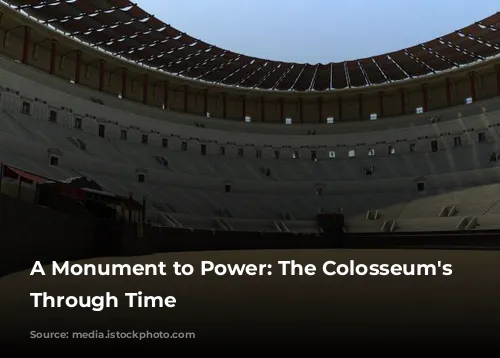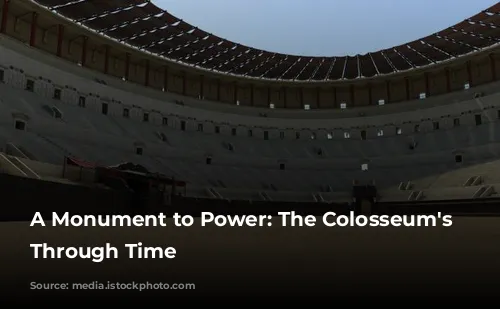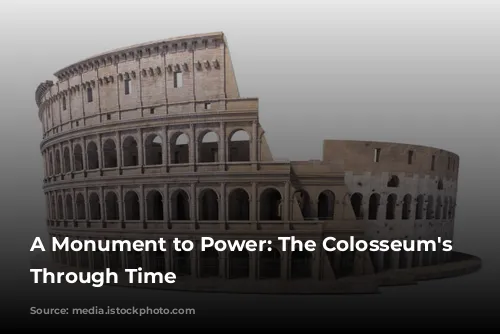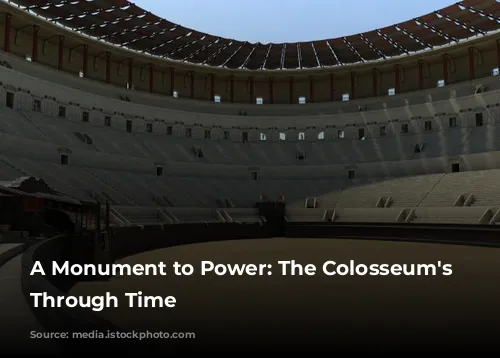The Colosseum, a magnificent architectural marvel in the heart of Rome, stands as a testament to the grandeur of the Roman Empire. This iconic amphitheater, also known as the Flavian Amphitheatre, is a sight that captivates the hearts of millions of tourists who flock to the Eternal City each year. The Colosseum’s story spans centuries, from its construction as a stage for gladiatorial spectacles to its later use as a home for the poor and a source of building materials.
A Giant of Ancient Rome: The Colosseum’s Origins
The Colosseum’s construction began in the year 70 AD under the rule of Emperor Vespasian, a period marked by the end of Nero’s reign. The site chosen for this monumental project was the former location of Nero’s extravagant palace, the Domus Aurea. The construction was completed by Vespasian’s successor, Emperor Titus, in 80 AD. The Colosseum was built to celebrate the end of Nero’s tyrannical rule and to symbolize the return of power to the people of Rome. It was a bold statement, a testament to the might and magnificence of the Roman Empire.
From Gladiators to Martyrs: The Colosseum’s Transformation
The Colosseum served as a stage for gladiatorial contests, animal hunts, and other spectacular events that entertained the vast Roman populace. The roar of the crowd, the clash of steel, the frenzied energy of the hunts – these are the scenes that played out within the Colosseum’s walls for centuries. The Colosseum’s use evolved over time, transitioning from an arena for brutal entertainment to a place of refuge and, later, a symbol of Christian martyrdom.
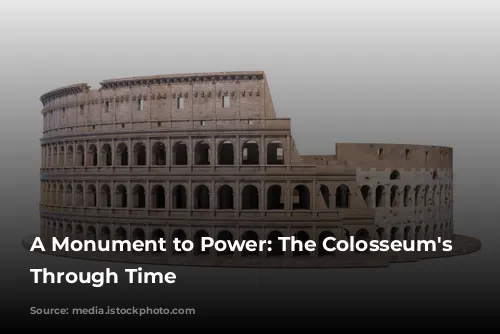
A Legacy of Ruins: The Colosseum Today
The Colosseum stands today as a testament to the enduring legacy of the Roman Empire. While the once-gleaming marble facade has faded and crumbled, the Colosseum’s imposing structure continues to awe and inspire. The scars of time etched into its stone walls tell a story of resilience, transformation, and the enduring power of human creativity. Today, the Colosseum serves as a reminder of Rome’s grandeur and its enduring influence on the world.
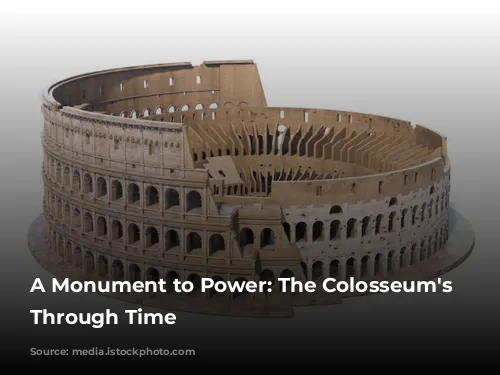
A Closer Look at the Colosseum’s Architecture
The Colosseum stands out as a unique architectural achievement. Unlike the Greek theaters built into hillsides, the Colosseum is a free-standing structure. Its oval shape is the result of two Roman theaters joined together, creating a space that could accommodate an astonishing 50,000 spectators. The Colosseum was a masterpiece of Roman engineering, a testament to their ingenuity in building and design. The use of travertine stone and iron clamps in its construction ensured its stability and strength, even after centuries of weathering and earthquakes.

The Colosseum’s Enduring Symbolism
The Colosseum remains a symbol of Rome’s rich history and its enduring influence on the world. Despite its transformation over the centuries, the Colosseum has retained its power to captivate and inspire. The Colosseum remains a place of pilgrimage for tourists and a reminder of the Roman Empire’s legacy of grandeur and power.

